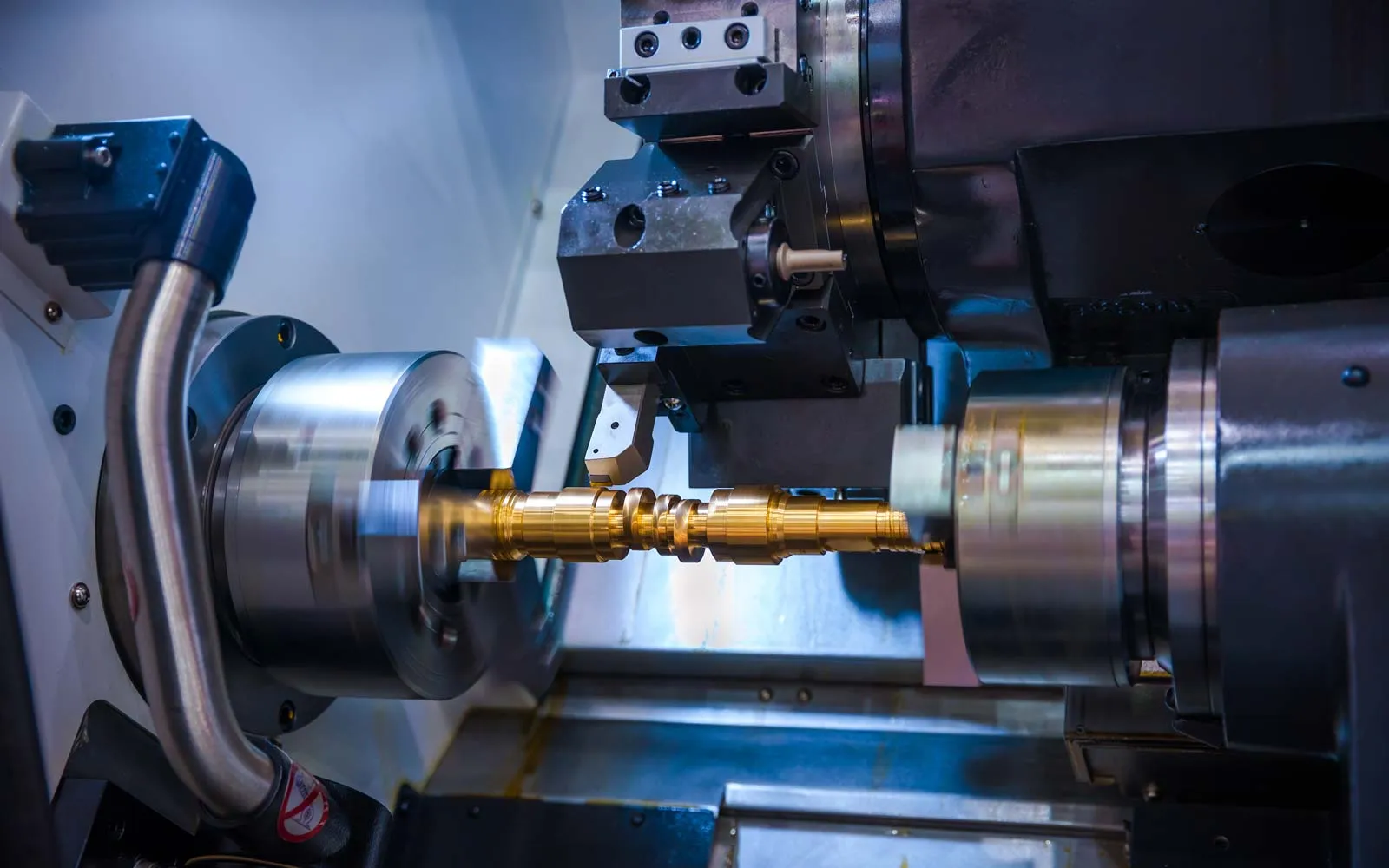In the modern manufacturing landscape, Computer Numerical Control CNC machining has revolutionized the way components and products are created, offering unparalleled advantages that drive industries forward. The CNC advantage is most clearly reflected in three critical areas: high precision, fast turnaround times, and lasting durability of the final products. These benefits not only enhance productivity but also ensure quality and consistency that traditional manufacturing methods struggle to match. First and foremost, CNC machining delivers exceptional precision. By leveraging computer-controlled systems, CNC machines follow highly accurate digital instructions, eliminating the variability caused by human error. This precision allows manufacturers to create parts with extremely tight tolerances, sometimes within microns. Such accuracy is essential for industries like aerospace, medical devices, automotive, and electronics, where even the smallest deviation can lead to performance failures or safety risks. CNC’s ability to produce consistent and repeatable results ensures that every piece coming off the production line meets exact specifications, reducing waste and the need for costly rework.

In addition to precision, CNC machining offers a significant advantage in terms of speed and efficiency. Traditional manual machining requires skilled operators to carefully measure, cut, and adjust settings throughout the production process, which can be time-consuming and prone to delays. CNC machines, on the other hand, operate continuously once programmed, with minimal supervision. This capability enables fast turnaround times, making it possible to meet tight deadlines and rapidly respond to market demands. Furthermore, CNC systems can switch between different tasks or parts quickly by simply loading a new program, streamlining production workflows and reducing downtime. For businesses, this translates to increased productivity, quicker product launches, and ultimately, a stronger competitive edge. Lasting durability is another hallmark of CNC-manufactured products. The precision and consistency offered by CNC machining contribute directly to the structural integrity and longevity of parts. Components that fit perfectly with minimal stress points tend to perform better under operational conditions, whether subjected to heavy loads, extreme temperatures, or repetitive motions. CNC machining also supports the use of a wide range of materials, including high-strength metals and advanced composites, further enhancing the durability and functionality of the finished product.
This makes CNC an ideal choice for creating parts that must endure harsh environments or extended use without failure. Beyond the technical advantages, online cnc service machining also reduces costs over time. While initial programming and setup may require investment, the overall reduction in material waste, rework, and labor costs results in better cost-efficiency. The technology’s ability to maintain tight tolerances reduces the chances of defects, and the consistent quality reduces returns or repairs, adding to long-term savings. In summary, the CNC advantage lies in its unique combination of high precision, rapid production capabilities, and the creation of durable, reliable components. These strengths make CNC machining a cornerstone of modern manufacturing, enabling businesses to deliver superior products quickly and cost-effectively. As industries continue to demand higher quality and faster delivery, CNC technology stands out as the preferred solution to meet these evolving challenges with confidence and efficiency.







